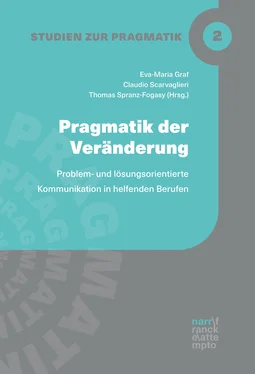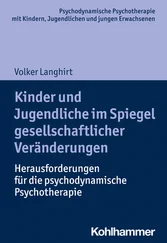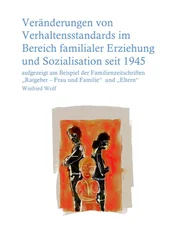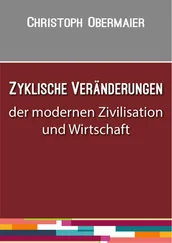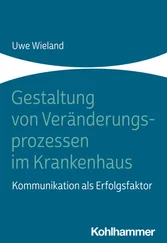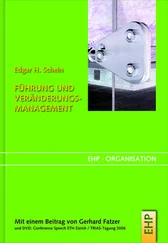The broad framework of discourse analysis (DA) and in particular conversation analysis (CA) has successfully addressed and identified various interactional phenomena transpiring in the therapeutic interaction as summarized by Peräkylä (2013), e.g., formulations of the client’s prior talk (Antaki 2008; Antaki et al. 2005; Buttny 1996; Davis 1986; Hutchby 2005; Peräkylä 2004; Vehviläinen 2003; Weiste et al. 2016), (re-)interpretations and responses to them (Peräkylä 2004; Bercelli et al. 2008), relational aspects such as resistance (Muntigl 2013), affiliation (Bercelli et al. 2008) and affect/emotion (Voutilainen et al. 2010b; Pawelczyk 2011; Voutilainen 2012; Muntigl et al. 2014).
The CA-oriented research started addressing the issue of client change, see e.g., Muntigl and Horvath (2005), Voutilainen et al. (2011), Muntigl (2013), Voutilainen et al. (2018). In particular I would like to single out two studies that have employed the methods of conversation analysis in researching client change, i.e., a study by Voutilainen et al. (2011) and by Viklund et al. (2010).
Voutilainen and colleagues (2011) focused on sequences of talk that were interactionally similar, i.e., clients’ responses to the therapist’s conclusions. The novelty of the analysis lies in adopting the longitudinal perspective in approaching the clients’ responses as evolving over time. Thus the focus fell on how the clients’ talk was transformed over the course of therapy from a) their rejection of the therapist’s conclusions, through b) the ambivalent responses to what the therapist offered to c) the clients’ agreement with the therapist’s conclusions. Voutilainen et al.’s (2011) analysis implies quite a linear progression of client change as evidenced in their interactional handling of therapist’s conclusions, i.e., from rejection to acceptance. As discussed above, this smooth trajectory might offer a rather idealistic conceptualization of client change. Nevertheless the methods of conversation analysis allowed Voutilainen et al. (2011) to track the change in the clients’ understanding of their situations as manifested by the responses to the therapist’s conclusions.
Another study that used the methods of CA but made a step further by combining it with the client-identified significant events is an analysis made by Viklund et al. (2010). The initially client-identified significant moments of their therapies were then analyzed with CA. More specifically interactional structures and practices of these moments were detailed using CA methods. As Viklund et al. (2010: 152) stress:
a turn-by-turn study of the therapeutic interaction in events that clients find important will offer an opportunity to explore what takes place between client and therapist and how they make sense of it while it is happening.
The analysis showed that most of the sequences recognized by the clients as significant contained disagreement between them and the therapist. The CA-oriented analysis exposed three different ways the disagreement was dealt with by the therapist. Furthermore, it identified disagreement as marked at the level of interactional details rather than in what the participants were saying verbally. Importantly, however, as Viklund et al. (2010) stress “just because an interaction is structurally organized as a disagreement, it is not necessarily experienced as such” (2010: 162). This comment indicates the need to use another set of data, e.g., the interviews in which the clients would be given space to voice and elaborate on the significance of the singled out parts of their therapies as – in their view- conducive to change. Importantly, Viklund et al.’s (2010) study proves the usefulness of microanalytic methods in identifying structural similarity in clients’ identified significant moments.
More studies combining the client-identified significant events approach with the CA microanalytic methods are needed to better understand why certain strategies used by therapists are central to client change (see also Gumz et al. 2015). Fine-grained participant perspective-based CA studies seem to offer much potential in explicating how clients change in the process of psychotherapy.
In what follows I exemplify two ways in which broadly defined discourse analysis can be of use and complementary to the mainstream psychological research (Elliott 2012) in researching and identifying client change.
Конец ознакомительного фрагмента.
Текст предоставлен ООО «ЛитРес».
Прочитайте эту книгу целиком, купив полную легальную версию на ЛитРес.
Безопасно оплатить книгу можно банковской картой Visa, MasterCard, Maestro, со счета мобильного телефона, с платежного терминала, в салоне МТС или Связной, через PayPal, WebMoney, Яндекс.Деньги, QIWI Кошелек, бонусными картами или другим удобным Вам способом.
